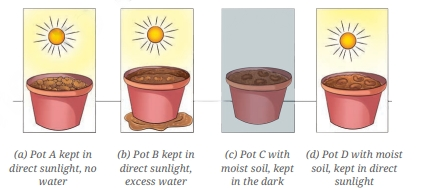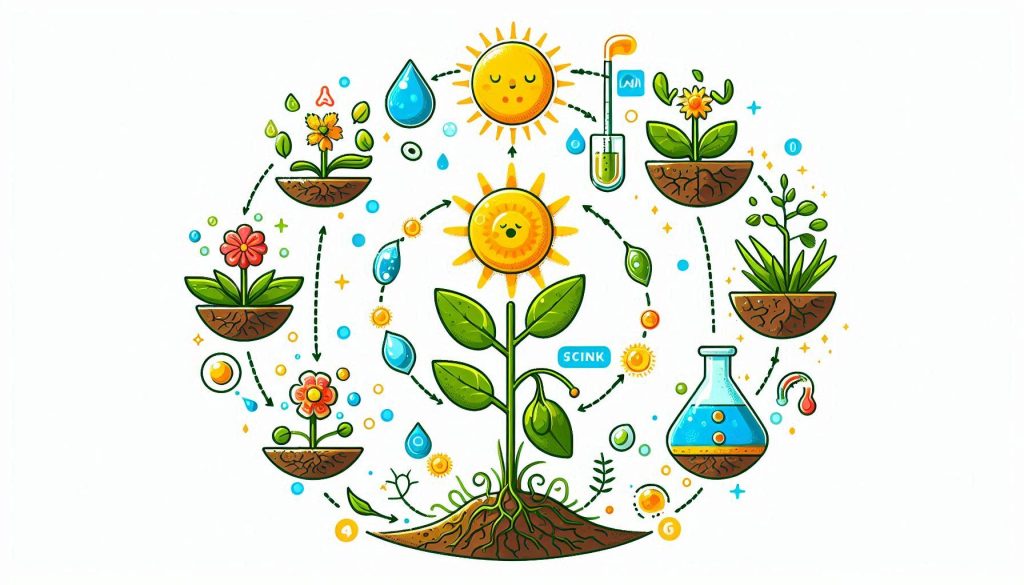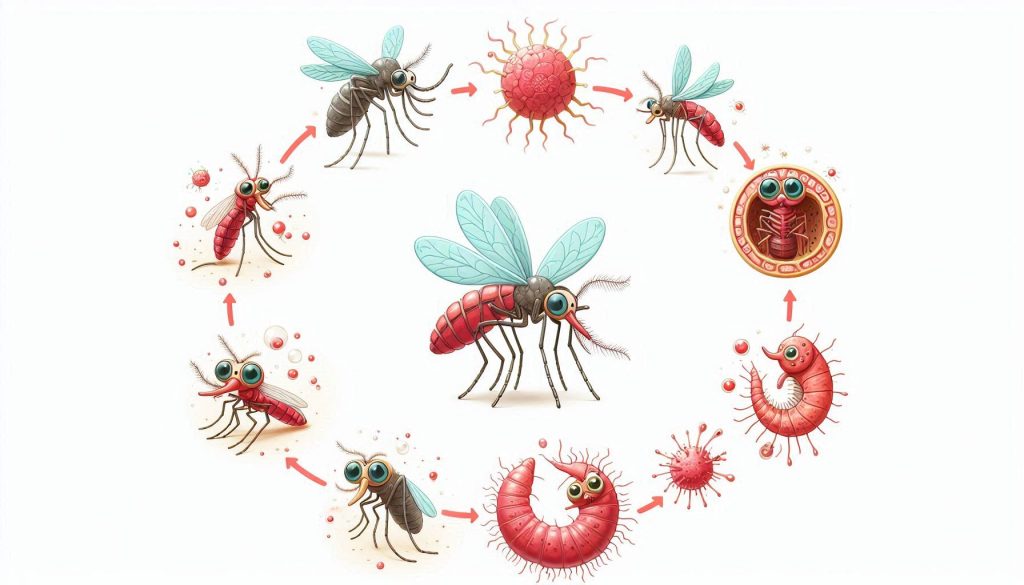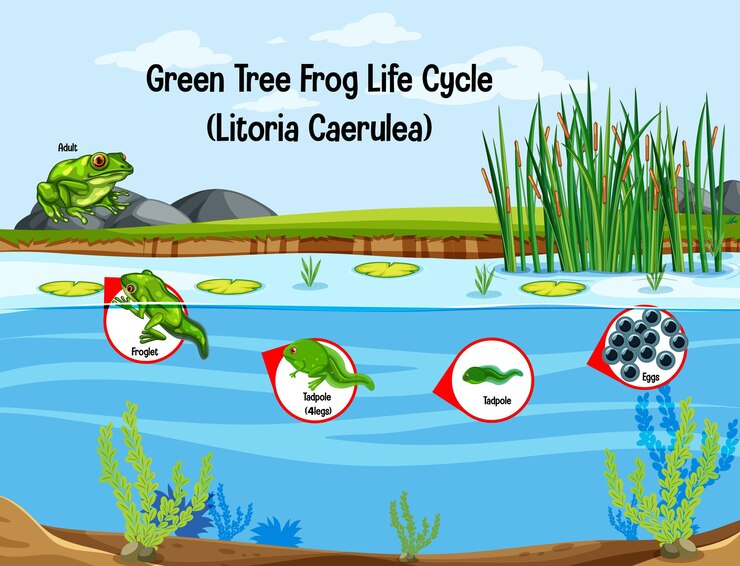Living Creatures: Exploring their Characteristics – Complete Guide For Class 6 Science Chapter 10
Welcome to iPrep, your Learning Super App. Our learning resources for the chapter, Living Creatures: Exploring their Characteristics in Science for Class 6th are designed to ensure that you grasp this concept with clarity and perfection. Whether you’re studying for an upcoming exam or strengthening your concepts, our engaging animated videos, practice questions and notes offer you the best of integrated learning with interesting explanations and examples.
Introduction: Observing Life Around Us
One morning, Avadhi and Aayush were on a walk with their parents when they spotted a shell. When Avadhi tried to pick it up, her mother explained that the shell might house a living snail, even though it wasn’t moving. This sparked a curious question: What makes something alive? This chapter dives deep into the characteristics that differentiate Living Creatures from non-living objects.
What Sets the Living Apart from the Non-Living?
Living and non-living things surround us. Think of the pencil in your hand or the pigeon on the window. What makes the pigeon alive while the pencil is not?
Let’s explore some key characteristics that define living beings:
Activity: Identifying Living and Nonliving
We begin by listing objects around us, identifying if they are living or non-living, and providing reasons.
Object My Guess Reason Correct Answer Reason for Correct Answer Pencil Non-living It doesn’t grow or breathe. Non-living It cannot perform any life processes. Book Non-living It does not move or respond. Non-living No growth or response to stimuli. Pigeon Living It moves, eats, and breathes. Living Performs all life functions like movement, respiration, etc. Car Non-living Moves but does not grow. Non-living Only machines, no life processes. Plant Living It grows and responds to sunlight. Living Plants perform photosynthesis and grow.
Living creatures grow, reproduce, respond to stimuli, and have a metabolism, while non-living things do not. Movement alone is not a criterion, as even cars move but are not alive.
Movement in Living Creatures
Most Living Creatures move, but not all of them do so in the same way. Plants, for example, do not move from place to place, yet they show movement through processes like the opening of flowers or the winding of climbers. Even insectivorous plants like Drosera trap insects using movements of their sticky, hair-like projections.
Growth as a Sign of Life
Growth is a universal characteristic of Living Creatures. For example, you cannot fit into the clothes you wore four years ago because you have grown. Similarly, plants and animals grow, which is evidence of life.
Respiration in Living Creatures
All Living Creatures breathe. When we inhale, air moves into our lungs, and when we exhale, it moves out. This process is part of respiration. Plants also respire through tiny pores called stomata, which allow air to enter and exit the leaves.
Excretion in Living Creatures
Living Creatures excrete waste. In humans, we excrete through sweat and urine. Plants also excrete excess water and minerals in the form of droplets on their leaves, as seen in grasses.
Response to Stimuli
A stimulus is anything that triggers a response in Living Creatures. For instance, if you step on a thorn, you instantly pull your foot back. Plants like the touch-me-not (Mimosa) also respond to stimuli by folding their leaves when touched.
Reproduction: Creating New Life
All Living Creatures reproduce to continue their species. Whether it’s animals giving birth to young ones or plants producing seeds, reproduction is vital for survival. Without reproduction, life would not continue.
Essential Conditions for Germination of a Seed
Plants are Living Creatures, and a seed is an important stage in a plant’s life cycle. Seeds require specific conditions like water, air, and the right temperature to germinate. Let’s explore this through an activity.
Activity: Conditions for Seed Germination
We sow four bean seeds in different pots and observe their growth under varying conditions.

| Pot | Air | Sunlight | Water | Seed Germination | Reason |
| A | Yes | Yes | No | No | Water is essential for germination. |
| B | Yes | Yes | Excess | No | Too much water inhibits air availability. |
| C | Yes | No | Moist | Yes | Moisture is more important than light for germination. |
| D | Yes | Yes | Moist | Yes | All necessary conditions are present. |
Water helps soften the seed coat, air aids in respiration, and sunlight supports later growth after germination.
Seed germination requires specific conditions such as air, water, and the right environment. Sunlight is generally not necessary for germination but is essential for the growth of seedlings after they sprout. Water softens the seed coat and supports the embryo’s development into a plant. Air is crucial for germination, as seeds use the oxygen available in the spaces between soil particles. In Activity 10.2, it is observed that seeds receiving both air and water are more likely to germinate. Excess water can hinder germination by limiting oxygen availability. Seeds demonstrate characteristics of Living Creatures, including growth, which becomes evident during germination.
Growth and Movement in Plants
Plants not only grow but also respond to external factors like sunlight. For instance, a plant’s roots grow downward (gravitropism), while its shoot grows upward toward the light (phototropism).
Activity: Investigating Plant Growth
In this experiment, we place plants in various orientations to see how they grow in response to light and gravity.
Beaker Direction of Sunlight Plant Orientation Root Growth Shoot Growth A All directions Upright Downward Upward B All directions Inverted Downward Upward C One direction Upright Downward Towards the light
This experiment shows how plants always grow in response to their environment, regardless of how they are placed.
Life Cycle of a Plant
The life cycle of a plant begins with seed germination, followed by growth, flowering, fruiting, and eventually death. This process ensures the continuation of plant life.
Activity: Observing Plant Growth
We plant a bean seed and observe it over three months, recording the various stages of its growth in a table.
Date Observation Sketch Day 1 Seeds are sown. (Sketch of seeds) Day 7 Seeds germinate. (Sketch of sprout) Day 20 Leaves appear. (Sketch of leaves) Day 45 Flower buds form. (Sketch of buds) 
Life Cycle of Animals
Just like plants, animals go through a life cycle that includes birth, growth, reproduction, and death. Let’s explore the life cycles of mosquitoes and frogs.
Life Cycle of a Mosquito
Mosquitoes undergo four life stages: egg, larva, pupa, and adult. Female mosquitoes lay eggs near stagnant water, as the larvae and pupae need water to survive and breathe. Larvae and pupae frequently surface for air since they require oxygen. The larva stage comes after the egg stage and develops into a pupa, which then transforms into an adult mosquito. You can design an activity to observe the sequence of these stages by monitoring larvae and pupae in water containers over time. Preventing stagnant water is essential to stop mosquito breeding, which helps reduce the spread of diseases like malaria, dengue, and chikungunya.

The silk moth also passes through four life stages—egg, larva, pupa, and adult. Eggs hatch into larvae, which then grow in size. Larvae secrete thread-like material which they wrap around themselves, before changing to pupae. These are the fibers that are used to make silk fabric. In India, the Khadi and Village Industries Commission (KVIC) has set up several centers for silk production.
Life Cycle of a Frog
Frogs also undergo a fascinating life cycle that begins with eggs (spawn) laid in water. The eggs develop into tadpoles, which have tails and live in water. As they grow, they develop legs and lose their tails, turning into froglets and finally, adult frogs that can live both on land and in water.
Stage Duration Description Spawn Day 1 Jelly-like egg clusters. Embryo Day 3-4 Developing within the eggs. Tadpole Day 7-10 Aquatic, tail but no legs. Froglet 8-10 weeks Legs appear, tail shortens. Adult 12-14 weeks Fully developed frog.

Conclusion: Understanding the Living World
Living Creatures are defined by their ability to move, grow, reproduce, excrete, respond to stimuli, and eventually die. Whether it’s the germination of a seed or the transformation of a tadpole into a frog, life is full of fascinating stages. By understanding these processes, we gain a deeper appreciation for the diversity of life around us.
In conclusion, CBSE Class 6th Science Chapter 10 – Living Creatures: Exploring their Characteristics opens the door to understanding the fundamental differences between living and non-living things. From growth and respiration to reproduction and response to stimuli, this chapter allows students to grasp the essential characteristics that define life. The iPrep Learning Super App provides comprehensive resources, including engaging animated videos, practice questions, and notes, to help students master the concepts of Living Creatures: Exploring their Characteristics. As you continue to explore this chapter, you’ll gain valuable insights into the fascinating world of living beings, making your learning journey both exciting and informative.
Practice questions on Chapter 10 - Living Creatures
Get your free Chapter 10 - Living Creatures practice quiz of 20+ questions & detailed solutions
Practice Now








